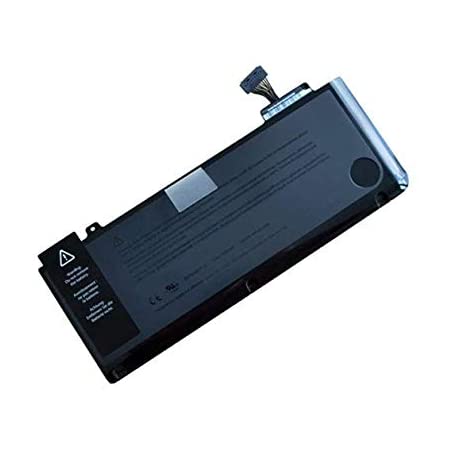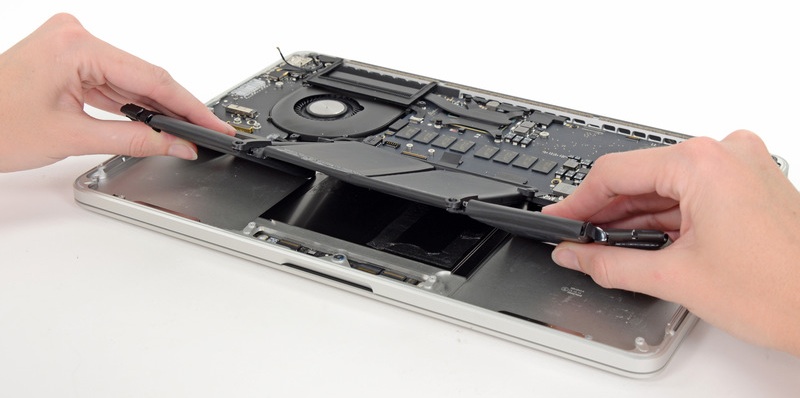

To view your battery's health report, click the battery icon in the menu bar, then select Battery Preferences. MacOS includes a tool that will tell you its potential capacity, and if you need to have it replaced.Ĭheck your MacBook's Battery Health so you know when it's time to get it replaced. Whether you purchased a refurbished MacBook or have been trying to squeeze every last ounce of life out of your aging MacBook, it's a good idea to check your battery's overall health. How to check your MacBook's battery health

There you can also see which apps, if any, are causing significant battery drain. Apple knows that my MacBook Pro is almost always plugged in, so to prolong the life of the battery, my MacBook Pro rarely ever charges to 100%. As you can see in the screenshot above, charging is on hold with my MacBook Pro's battery at 91%, but I have an option to charge to full on-demand. Instead, you have to click on the battery icon if you want to see a hard number for how much of a charge your battery has left.Īpple also implemented new charging methods for MacBook batteries.

With the release of MacOS 11, Apple removed the option to show the battery percentage in the menu bar. Keeping an eye on the remaining battery life won't make it last any longer, but it can help you plot out how much work you can get done before you need to recharge. You can see a lot of information just by clicking on the battery icon in the menu bar. How to see your MacBook's battery percentage We also make the case for using the Safari browser over Chrome. Below, we'll show you how to check its health, as well as cover tips like reducing keyboard and display brightness. But if you're having battery life issues for any reason - on these MacBooks or others - we're here to say you don't have to trail a bulky charger just to get through the day (although ancient laptop batteries may legitimately need replacement).įor most people, you can take a few minutes to adjust some settings to extend your laptop's battery. Apple's newest MacBooks are powered by the company's own Apple Silicon M1 processors, and because of that Apple was able to extend the battery life of its M1 MacBook Air and MacBook Pro far beyond what we've seen in previous Apple laptops.


 0 kommentar(er)
0 kommentar(er)
